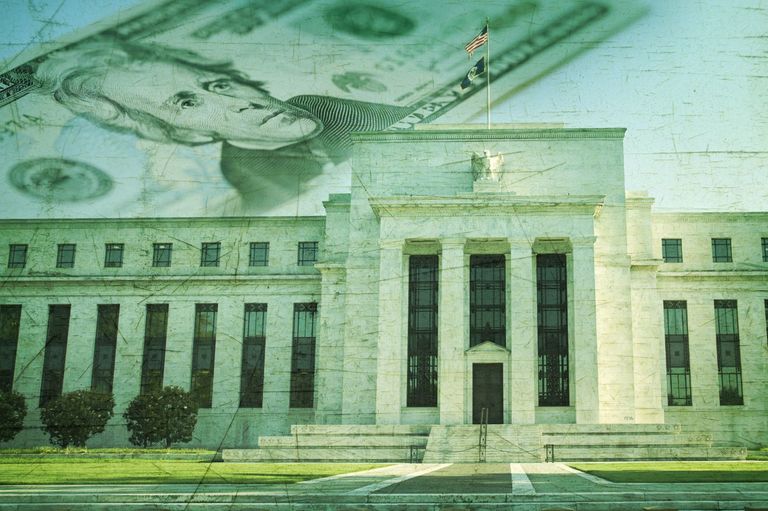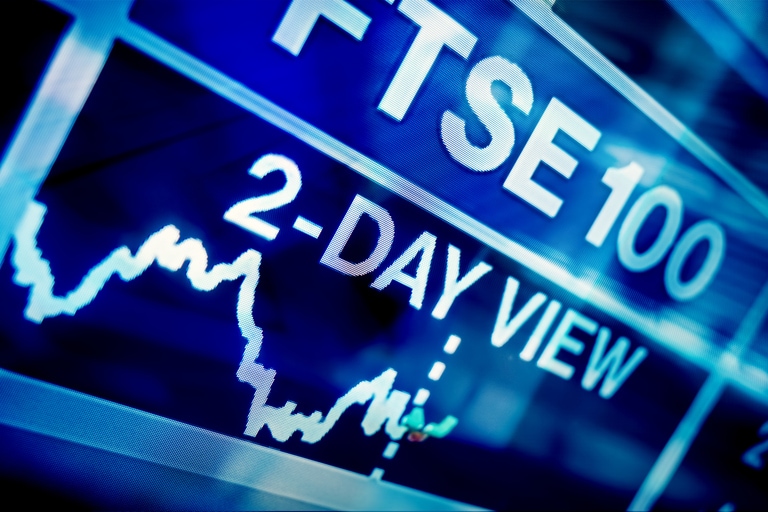It’s been a subdued start to the week for markets in Europe with little in the way of overall direction, although we have seen a slightly negative bias, along with a slightly firmer US dollar ahead, as markets look towards today’s US CPI report for April.
Having seen a positive non-farm payrolls report at the end of last week, we’ve seen a push back on a widely held expectation that once the Federal Reserve finishes its current rate hiking cycle, rate cuts probably wouldn’t be too far behind, especially given market concerns about US regional banks.
The economic numbers we have seen over the past few days, particularly when it comes to the US labour market would suggest that the likelihood of that further out into the distance, pushing the US dollar higher, along with US yields.
Against that backdrop US markets also drifted lower, with the Nasdaq 100 leading the declines, as the momentum that saw such a strong finish on Friday continued to diminish.
For most of the last few weeks US equity markets have been rangebound, along with US 2-year yields as investors try and play out what is the more likely scenario about the timing or otherwise of a US recession.
The tone around yesterday’s trading wasn’t helped by comments from the New York Fed’s John Williams who reminded markets that the Fed hadn’t explicitly said that no more rate hikes were coming, saying that there was no baseline scenario of rate cuts this year, and that rates would continue to rise if inflation didn’t continue to slow at the required speed.
With the Federal Reserve having raised rates again last week by 25bps today’s April CPI numbers are the next key benchmark feeding into whether the next meeting will see the Federal Reserve hit the pause button and keep rates unchanged after several meetings of consecutive hikes.
While headline CPI fell to 5% in March from 6% in February, the picture for core prices did little to offer encouragement that inflation would continue to fall sharply, and it is in this area which the Fed is keen for markets to focus their attention on.
On the core measure in March, prices rose on an annual basis to 5.6% from 5.5%, putting core inflation above headline inflation for the first time since January 2021.
It is this stickiness in core prices as well as the resilience in the US jobs market that is making the Fed’s job so difficult, even allowing for the fact we’ve seen the US central bank hike rates at every meeting over the last 12 months.
Of course, if we start to see core prices plateau at the current level that might give weight to the argument that prices are close to peaking. The expectation for today’s inflation report is for headline CPI to remain steady at 5%, while core prices are forecast to slip back from 5.6% to 5.5%.
Even if we don’t see a sharply weaker number today, we still have the May inflation and jobs numbers between now and the next Fed meeting, and there are grounds for optimism when it comes to lower prices given how US core PPI has been behaving in recent months, falling to 3.4% in March, having been as high as 9.6% a year ago.
EUR/USD – found support at the 1.0940 area again yesterday, with the recent highs just below 1.1100 continuing to cap the upside. A break above 1.1120 is needed to signal further gains towards 1.1200. A break below 1.0940 retargets the 1.0870 level.
GBP/USD – pushed up to a new 12-month high at 1.2669 earlier this week with next resistance at 1.2756 which is 61.8% retracement of the 1.4250/1.0340 down move. Support now at 1.2530.
EUR/GBP – has broken below the 0.8710, area with the break below the 0.8700 area and the 200-day SMA, now opening the risk of a move towards the 0.8640 area. We need to see a recovery back above 0.8760 to stabilise and signal a return to the 0.8820 area.
USD/JPY – after rebounding from the 133.50 area last week we could well squeeze all the way back to the next resistance at 136.20. A move back above 136.20 retargets the 200-day SMA at 137.10
Disclaimer: CMC Markets is an execution-only service provider. The material (whether or not it states any opinions) is for general information purposes only, and does not take into account your personal circumstances or objectives. Nothing in this material is (or should be considered to be) financial, investment or other advice on which reliance should be placed. No opinion given in the material constitutes a recommendation by CMC Markets or the author that any particular investment, security, transaction or investment strategy is suitable for any specific person. The material has not been prepared in accordance with legal requirements designed to promote the independence of investment research. Although we are not specifically prevented from dealing before providing this material, we do not seek to take advantage of the material prior to its dissemination.







